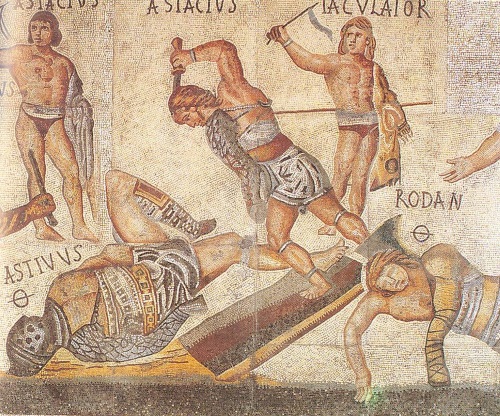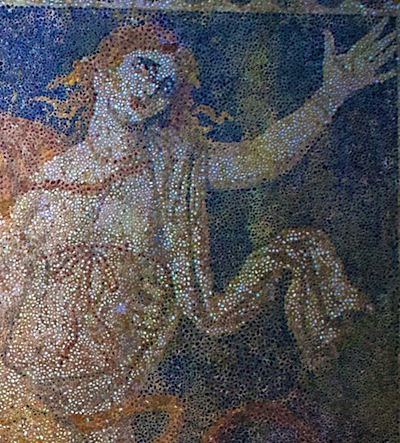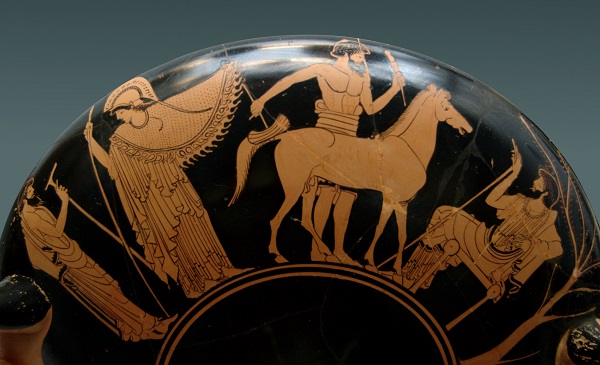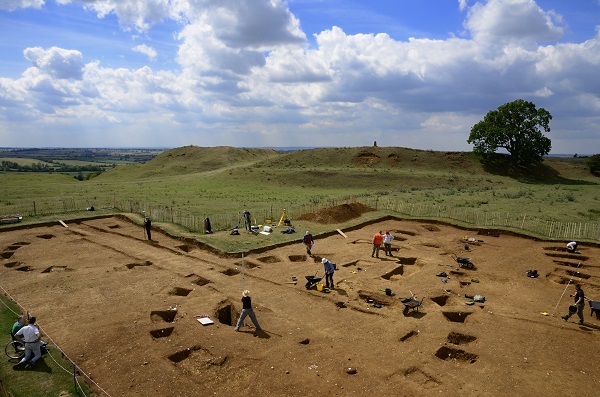Category: News
-

Genetic proof: Remains of Richard III are really his
Genetic evidence proof that the human remain found beneath a parking lot in Leicester last year really belonged to Richard III. According to the genetic analysis, the king had blue eyes and blond hair, characteristics that match contemporary portraits of the 15th century monarch. The skeleton’s genetic material was compared to DNA-samples of two living…
-

Archaeologists unearth an unknown Roman god
Unknown Roman god (photo: Peter Jülich) A Roman sanctuary is found in an ancient temple in the southeast of Turkey with a depiction of a mysterious and unknown Roman god in it. On it, the god rises up from a plant and may be a fusion of Near Eastern and Roman elements, and could be…
-

History’s most unexpected veggies? The bloodthirsty Roman gladiators
According to popular belief, meat eaters are more aggressive and energetic than vegetarians . How is it then that some of the most brutal and aggressive warriors from history, Roman gladiators, ate mostly plants and grains? New research of the medical university of Vienna suggests just that. The researchers analyzed by spectroscopy the 1,800 year old…
-

17th-century Dutch shipwreck discovered
March 3, 1677: The Dutch ship Huis de Kreuningen sunk in the southern Caribbean,during the Battle of Scarborough Harbour. The Dutch, who controlled the island of Tobago at the time, were attacked by the French. The battle was significant, both in terms of the number of lives lost and the damage done to both fleets.…
-

Mosaic of Persephone discovered in ancient tomb
A stunning mosaic of Persephone is discovered at the site of the newly excavated Amphipolis tomb. Earlier this week (DisputedPast reported) images from the other part of the mosaic were released by the Greek ministry of Culture. The mosaic is now fully uncovered and it can be interpret as a whole. The female figure, whom archaeologists…
-

Aegean civilization ended 100 years earlier as presumed
Conventional estimates for the collapse of the Aegean civilization are around 1025 BC. Recent radiocarbon analyses of artifacts and plants suggests that the Greek Bronze Age probably ended 100 years earlier. The traditional dating was entirely based on historical dates, derived from Egypt and the Near East. These written records were combined with artefacts such…
-

Celtic chariot (300 BC) discovered near Leicestershire
Archaeologists from the University of Leicester dug up the remains of a decorated Iron Age chariot. The Celtic vehicle, dating from the 2nd or 3rd century BC, seems to have been buried as a religious offering. Archaeologists found the remains during their ongoing excavation of the Burrough Hill Iron Age hillfort, near Melton Mowbray, Leicestershire. The…